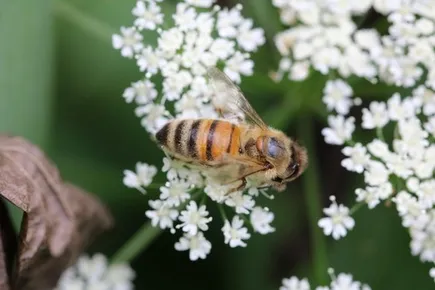Description of upperside about male is that antennae, head, thorax, and abdomen are black. Wings are fine velvety black. An orange-coloured bar, about 6 mm broad, rises in the middle of the superior wings, running circularly and crossing the inferior ones, meeting about the middle of the abdominal edges. Underside of male is that palpi is white. Tongue is brown. Breast and legs are white. Abdomen is yellow brown. Wings are shining brown, exhibiting various shades of changeable colours; the tips are terminating in an ash colour. Wings scarcely dentated. Wingspan is 7 cm.



















![]()

![]()


![]()

![]()

![]()

![]()

![]()







![]()
